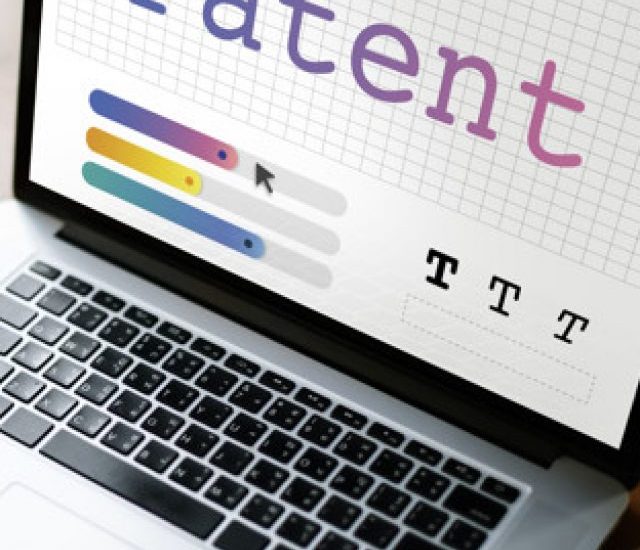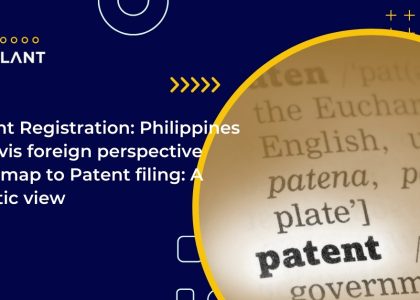

Mastering the Patent Application Process
You’ve just finished the first draught of a remarkable invention’s plans. First, take a moment to feel proud of yourself, whether your product is a novel cure for chronic arthritic pain or a previously unknown sort of integrated circuit. Then, you will need to start working to protect your Intellectual Property sooner rather than later, with the first step being to file a patent application.
We won’t lie and say the patent-filing process isn’t complicated because it most clearly is. However, “complicated” is not, and never has been, synonymous with “impossible.” Here, we’ll break down the essential stages required for this journey and go over some best practices for helping things go more smoothly.
Assessing novelty
For this walkthrough, we will prsume that the design or invention you intend to patent is distinct enough to warrant a claim of intellectual property rights. Therefore, it is worthwhile to revisit major patent databases such as PATENTSCOPE, the World Intellectual Property Organization’s (WIPO) repository of over 83 million patent documents, as well as counterparts from the United States Patent and Trademark Office (USPTO), the European Patent Office (EPO), and other IP regulators.
Contact our patent attorneys now! This time, you’re not only looking for granted or pending patents to see if your concept has previously been patented. You should also see if any patent claims are substantially similar to yours, i.e., near enough for a legal fight in the future, and record the degree of similarity between your design or technology and these others. Consider it a type of basic risk assessment. Brealant’s unique, AI-powered patent search engine can be pretty valuable in this situation since it may reveal similarities that other search tools may have overlooked.
To be clear, discovering similar-but-not-identical products does not imply that you should abandon your patent and start again. Instead, it is an issue of being prepared for potential future problems and expecting queries from your patent examiner regarding such similarities.
Provisional and formal application
Similarly, filing a provisional patent application can reduce the likelihood of a future disagreement. If you have not finished your invention, this is useful in any first-to-file nation where it is accessible (such as Australia and the United States). However, remember that it only provides you with limited protection for 12 months, so you should file official applications as soon as you have provisional clearance.
Filing full-fledged patent applications in various countries are always recommended, whether you want to introduce the IP to a single market, a few nations, or dozens. It will also be prudent to file for international registration through the World Intellectual Property Organization’s Patent Cooperation Treaty (PCT) system, which, once approved, provides IP protection in more than 150 nations and territories. However, each PCT contracting nation’s specific laws will still prevail in case of any legal disputes.
Making the most of the application(s)
The patent filing and acceptance duration might range between 12 months and three years. Many factors influence how long it may take, notably the amount of accuracy used in the application. The official application must include a detailed explanation of the invention’s origin, innovation, industrial purpose, and practical operation. This application section should be brief and precise, but it should be supported by any necessary documentation that clarifies the process. This category might contain anything from various application translations to comprehensive schematics of the innovation.
If the devices collectively create a unique system, you can seek a single patent for numerous related discoveries. However, doing so may cause the process to operate inefficiently. Examiners for patent and intellectual property regulatory authorities often view individual inventions as properly defined devices. As a result, while filing many applications may be more expensive at first, it may cost you less in the long run since you reduce your odds of being refused and having to reapply (and repay).
The importance of seeking counsel
When you file your patent, an examiner from the regulatory agency to which you applied will be assigned to your case. Therefore, it will be well worth your time to set up a direct encounter with this authority, if not in person, then over the phone. Whether they are answering your questions or you are answering theirs, speaking with them in this manner will be far superior to communicating solely via email.
Support from people well-versed in international patent law would also be vital to any successful patent-filing bid. Brealant provides a broad range of law firm services worldwide, from personal advice to public representation.








